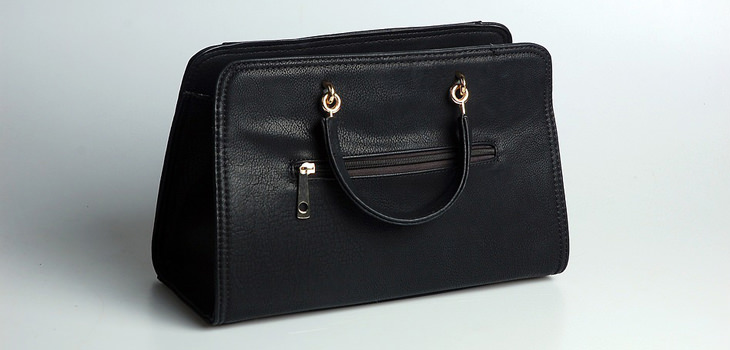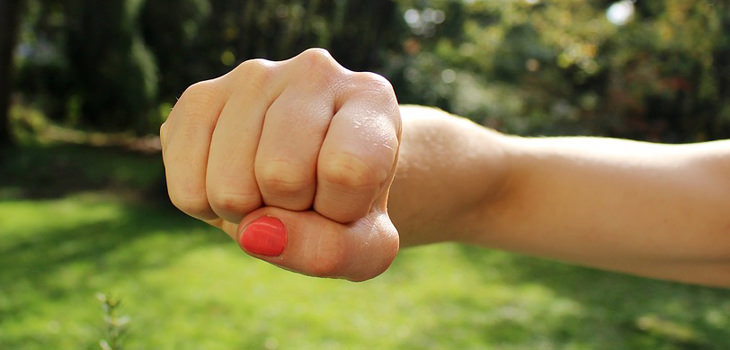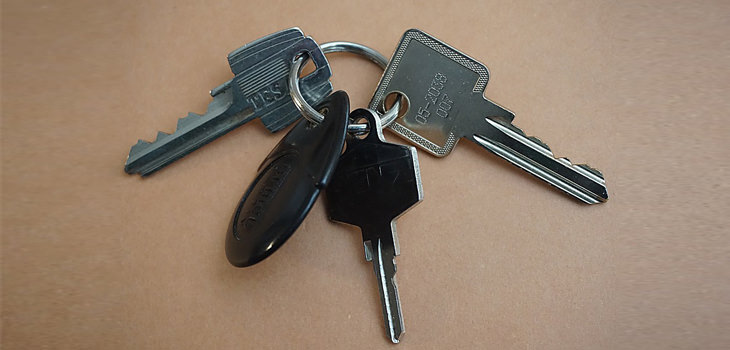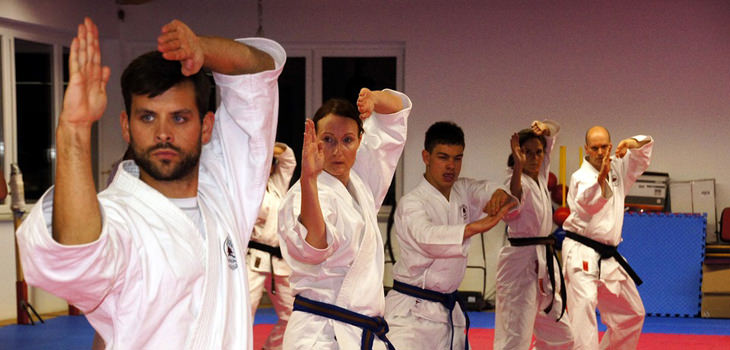
As we age, we all begin to fear for our own safety just a little bit more, so it’s always a good idea to have some sound knowledge on how to protect ourselves using self-defense. That’s why I’d like to share this informative guide on how to protect yourself from an individual who’s posing a threat to you. Remember that strength to protect yourself comes from awareness of your surroundings, having a fearless presence, and understanding what you’re capable of:

The US Department of Justice recently reported that although the overall amount of crime against senior citizens has dropped since 1997, there have been higher incidences of purse snatching and larceny. In fact, 1 in 5 of all crimes committed against senior citizens involved a theft of some kind.
Furthermore, statistics show that seniors are more vulnerable to property crimes, such as vehicle thefts or burglaries. Some 92% of all crimes against people aged 65 and over are property crimes.
Male offenders account for 79% of all crimes against senior citizens. They are also usually unknown to their victims and over the age of 30.

• If you’ve got a lot to carry, use a luggage cart or make multiple trips. It’s never a good idea to be overloaded.
• Make sure you park and walk-in areas that are well-lit.
• Be aware of your surroundings at all times. If you’re unfamiliar with the current area you’re in, take a look around to spot safe places that would allow you to protect yourself from danger.
• Keep your car keys in your hand, preferably with one of your fingers looped through the keyring, when you’re walking to or from your car.
• Make sure that you appear purposeful when you’re walking in public. Look around you rather than at the ground.
• Keep a police whistle and miniature flashlight on a key ring together with your car keys.
• When it comes to credit cards and cash, only carry what you’re prepared to lose with you.
• If you carry a purse, don’t slip it around your neck, because the strap could be used to harm you in an attack.
• Hit the 911 button on your cell phone or medical alarm at the first sign of trouble.
• The majority of cell phones for seniors and some medical alarms have 911 connections -- hit that at the first sign of trouble.
• Avoid visiting ATMs at night. Withdraw what you need during the day, and if you really must withdraw at night, do so in a well-lit location.
• Always look out of the window or your front door’s keyhole prior to opening the door to someone you don’t know. If necessary, you could always speak through the keyhole.

There are various ways you can trick your assailant into not getting hold of what he or she wants, and that is through the art of deception. Here’s how:
• Consider carrying a travel wallet rather than a purse or regular wallet. This can be worn underneath your clothes around your neck, or attached to your waistband.
• If you’re a woman, put your jacket on over your purse so that it’s less exposed.
• Put your cash and credit cards in your travel wallet.
• If you’re not holding your keys, put them in your pocket rather than in your purse.

• Dodge – move aside and forward to avoid an incoming blow.
• Don’t allow yourself to be backed up against a wall or other object.
• If someone grabs you, you should lean against them and force your head back hard to throw them off-balance. Although you’ll instinctively struggle and pull in such a situation, resist this urge because it has the potential to make everything worse.
• Keep fit. The fitter you are, the less likely you are to be hurt if you’re attacked. Strength training is key, as it will increase your ability to break free or move to the side in the event of an attack. It can also help you hold on to something to prevent falling or being pushed down.

Many self-defense experts don’t recommend that seniors carry weapons such as tasers, knives, guns and, to a lesser extent, mace or pepper spray. Instead, they point out that almost anything the average person carries could be used to inflict harm upon an assailant. Examples are keys, an umbrella, a pen, cane or even canned food.
In the event of an attack, think of where the items you’re currently carrying with you will have most of an impact if you had to use them as a weapon. For instance, a pen or key jabbed in an assailant’s eye will likely be much more effective than if used to poke him or her in the arm.
The aforementioned doesn’t mean to say that shouldn’t take an early morning walk with a pepper spray canister attached to your keychain if it makes you feel comfortable.

There are many options for self-defense classes. It's not only a good way to build your knowledge, but also great exercise:
• Call your local police station, YMCA or senior center to see if there are any self-defense classes on offer.
• If there’s a martial arts center close to your home, the likelihood is that it offers a senior self-defense class. If it doesn’t and you happen to be a woman, you’ll still be in luck, because almost all offer self-defense courses for women.
• Consider purchasing a self-defense DVD to learn techniques at home. A couple of good sources for these kinds of content are SI Video and Active Video.
Last but not least, you need to approach your new learning in the right way. Your mental perspective needs to be that you’re strengthening yourself and becoming more prepared, as opposed to learning something to offset the effects of becoming old and feeble. The latter is just the state of mind an attacker wants you to be in.